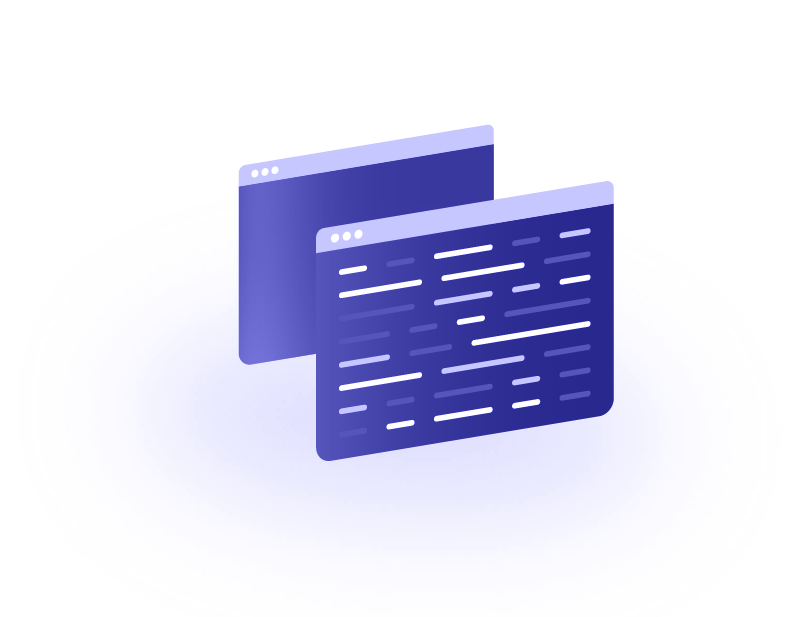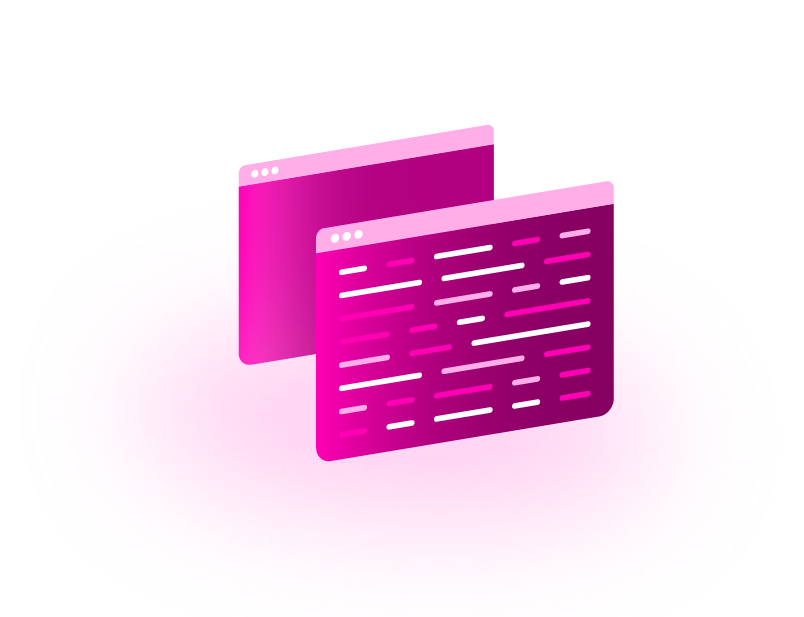Indications Overview
What Is An Indication?
A drug "indication" describes the approved conditions, diseases, or states for which a drug can safely and effectively be used. These indications may vary between regions, health systems, and countries depending on how they are defined, the products that are being used, and the regulatory body that is approving them.
For example, the drug Escitalopram is approved for use in the management of Generalized Anxiety Disorder and Major Depressive Disorder by the FDA in the United States, but has an additional indication for use in Obsessive Compulsive Disorder through Health Canada. Escitalopram is also used off-label by health practitioners for the management of Panic Disorder, as suggested by the American Psychiatric Association's Practice Guideline for the Treatment of Patients with Panic Disorder despite its lack of regulatory approval for this condition.
Indications can also vary between the products and dosage forms that a drug is available in. For example, the drug Ganciclovir is indicated for the treatment of Herpetic Keratitis when given in an ophthalmic gel formulation and is indicated for the prophylaxis of CMV infection when given in an intravenous formulation.
DrugBank drug indications have been structured based on their designation through the Food and Drug Administration (FDA) in the United States. Products available on the market in the US without approval through the FDA have not been reviewed for safety and efficacy and are therefore excluded from our list of indications. A product is considered to have approved indications when it has any of the following designations:
- NDA (New Drug Application): When the sponsor of a new drug believes that enough evidence on the drug's safety and effectiveness has been obtained to meet FDA's requirements for marketing approval, the sponsor submits to the FDA a new drug application (NDA). The application must contain data from specific technical viewpoints for review, including chemistry, pharmacology, medical, biopharmaceutics, and statistics. If the NDA is approved, the product may be marketed in the United States.
- ANDA (Abbreviated New Drug Application): An Abbreviated New Drug Application (ANDA) contains data that, when submitted to FDA's Center for Drug Evaluation and Research, Office of Generic Drugs, provides for the review and ultimate approval of a generic drug product. Generic drug applications are called "abbreviated" because they are generally not required to include preclinical (animal) and clinical (human) data to establish safety and effectiveness. Instead, a generic applicant must scientifically demonstrate that its product is bioequivalent (i.e., performs in the same manner as the innovator drug). Once approved, an applicant may manufacture and market the generic drug product to provide a safe, effective, low cost alternative to the American public.
- BLA (Biologic Licence Application): A biologics license application is a submission that contains specific information on the manufacturing processes, chemistry, pharmacology, clinical pharmacology and the medical effects of the biologic product. If the information provided meets FDA requirements, the application is approved and a license is issued allowing the firm to market the product.
Drug monographs and official market category for products on the US market (approved, unapproved, generic, and OTC) can be found in the FDA Online Label Repository while approved drug status can be confirmed through the FDA Approved Drug Products Database.
In an effort to capture all types of uses of a drug, DrugBank also includes indications for OTC (Over The Counter) use, off-label use, approved indications in countries other than the United States, and indications for drugs with Orphan Drug status.
- OTC (Over The Counter): OTC drugs are defined as drugs that are safe and effective for use by the general public without seeking treatment by a health professional. Because there are over 300,000 marketed OTC drug products, FDA reviews the active ingredients and the labeling of over 80 therapeutic classes of drugs, for example analgesics or antacids, instead of individual drug products. For each category, an OTC drug monograph is developed and published in the Federal Register. New products that conform to a final monograph may be marketed without further FDA review. Those that do not conform must be reviewed by the New Drug Application process.
- Off-Label: In general, approved indications limit how a drug can be marketed or advertised to the public, but do not limit how a drug may be actually used by a medical practitioner. "Off-Label" indications describe commonly prescribed uses beyond regulatory-approved indications. These uses are highly variable, but are commonly informed by available evidence in the literature, case studies, Clinical Practice Guidelines, and expert opinion.
- International Indications: Indications for products that have been approved in countries other than the United States.
- Canada: Drug products are reviewed and regulated through the Health Products and Food Branch of Health Canada. Drug regulation differs from the US in Canada in that only Health Canada approved products are available on the market for purchase. Approved products given a Notice of Compliance (NOC) and a Drug Identification Number (DIN) can be found in the Drug Product Database.
- European Union: Drug products are reviewed and regulated through the European Medicines Agency (EMA) on behalf of the European Union. This agency publishes European Public Assessment Reports for every medicine granted a central marketing authorisation by the European Commission following an assessment by the EMA's Committee for Medicinal Products for Human Use (CHMP). EPARs are full scientific assessment reports of medicines authorised at a European Union level and can be found through their online database.
- Orphan Drugs: Pharmaceutical agents that have been developed to treat rare (orphan) diseases or conditions for which drug development costs would be unfeasible for sustained production. For a drug to qualify for orphan designation in the United States, both the drug and the disease or condition must meet certain criteria specified in the Orphan Drug Act (ODA) and through FDA regulations. Orphan designation qualifies the sponsor of the drug for various development incentives of the ODA, including tax credits for qualified clinical testing. Drugs with Orphan Drug status can be searched in the this online database.The European Medicines Agency uses a similar process for granting orphan designation and provides similar incentives. Orphan drugs approved within the EMA can be found here.







